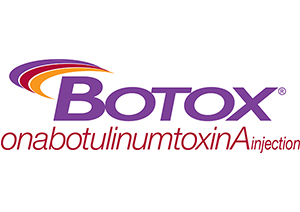
What is a Botox Injection?
Botox (Onabotulinum toxin A) is an injectable medications that temporarily weakens muscles in very precise areas. It is commonly used cosmetically, to reduce wrinkles and lines, but has many other uses.
Patients with overactive bladder experience irregular, uncontrolled activity of the bladder muscles. Botox can be used to weaken these muscles and greatly reduces the urgency and frequency in patients with overactive bladder.
Who can consider Botox?
Botox is an options for men and women with overactive bladders who haven’t done well with oral medications, or wish to stop oral medications. Botox is a reasonable treatment for many types of overactive bladder.
How is the Procedure Performed?
Botox injections can be performed in the operating room with sedation, or in the office with local anesthesia. When performed in the office, the bladder is flushed with a numbing medication. After this, your doctor will place a flexible camera into your bladder. Through a long, flexible catheter, they will inject small amounts of Botox throughout your bladder. The procedure takes less than 30 minutes and is usually well tolerated.
Post-care for Botox Treatments
Following your treatment, it is common to see a small amount of blood in your urine and have worsened frequency and urgency for a few days. The effects of the medication are usually felt with in several days and reach their peak effects 2-3 weeks after treatment.
A small percentage of patients will develop urinary tract infections following their treatment. If you have persistent discomfort with urination, blood in the urine, or urgency worse than normal, call the doctors office.
A small percentage of patients will not be able to urinate for the period that the Botox is strongest in their bladder. This is called urinary retention and occurs in 9% of patients who have Botox injections. If you experience this your doctor will teach you how to drain your bladder manually until the effects decrease. This usually last no more than 1-3 weeks.
What are the Risks or Complications Associated with the Procedure?
The most common complication of Botox treatments are urinary tract infection and difficulty urinating. In more rare circumstances, you may have transient weakness, dry mouth, and dry eyes. Patients who have regular Botox injections may find they are less effective with time, but most patients do not experience this.
Botox typically is effective for 5-7 months, but can be effective for up to 11 in some patients.
